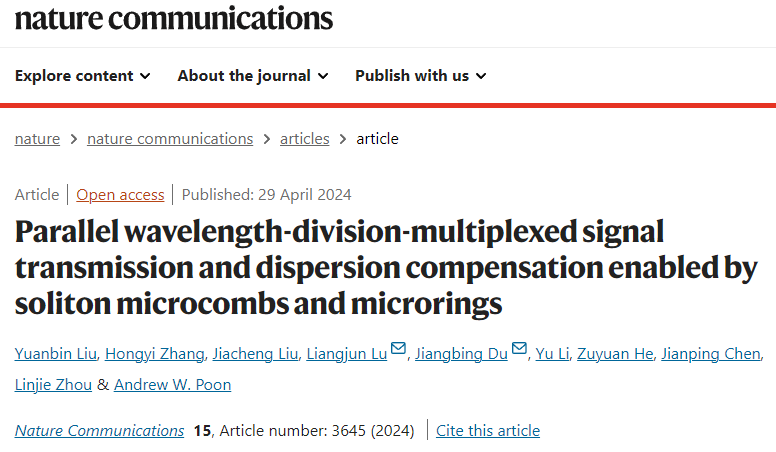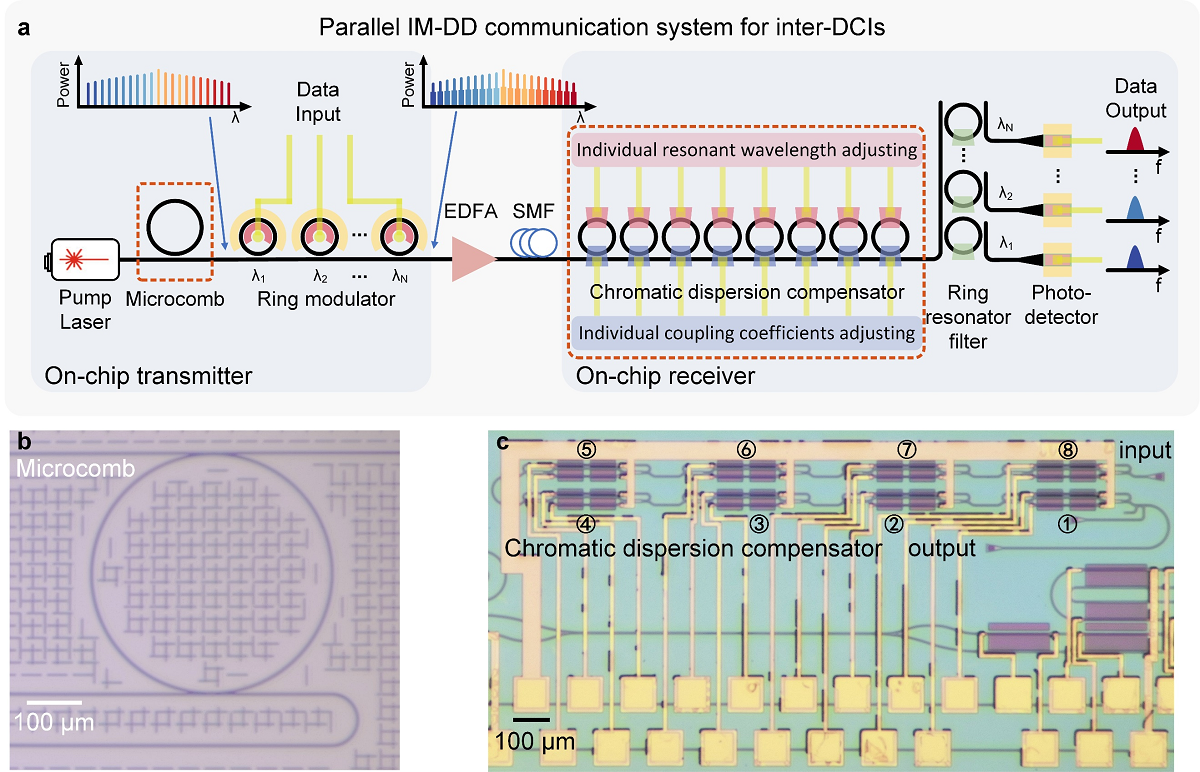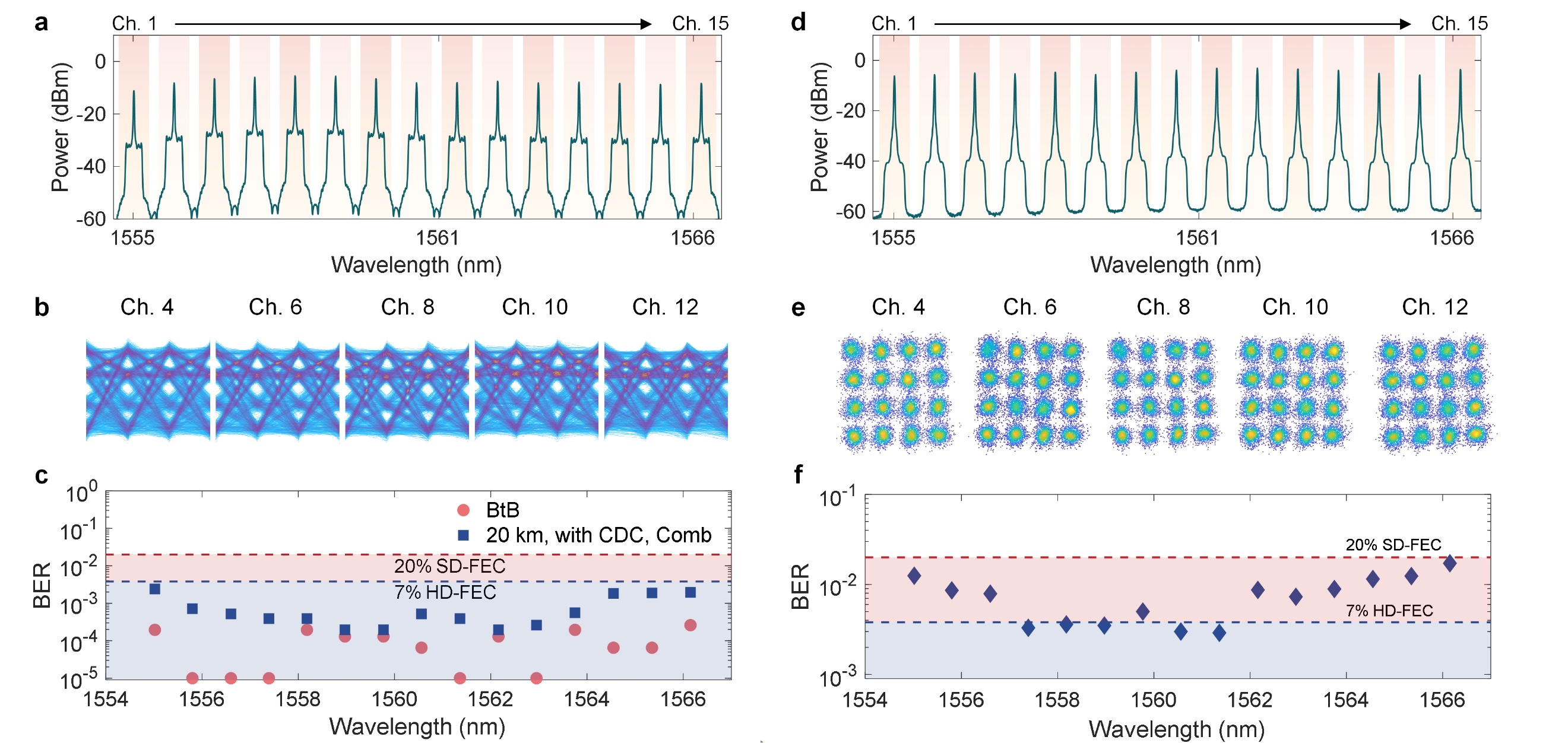- Home
- About Us
- Students
- Academics
-
Faculty
- Electrical Engineering
- Automation
- Computer Science & Engineering
- Electronic Engineering
- Instrument Science and Engineering
- Micro-Nano Electronics
- School of Software
- Academy of Information Technology and Electrical Engineering
- School of Cyber Security
- Electrical and Electronic Experimental Teaching Center
- Center for Advanced Electronic Materials and Devices
- Cooperative Medianet Innovation Center
- Alumni
-
Positions
-
Forum
News
- · Shanghai Jiao Tong University professors Lian Yong and Wang Guoxing's team have made remarkable progress in the field of high-efficiency pulse neural network accelerator chips.
- · AI + Urban Science research by AI Institute was selected as cover story in Nature Computational Science!
- · The first time in Asia! IPADS's Microkernel Operating System Research Wins the Best Paper Award at SOSP 2023
- · Delegation from the Institution of Engineering and Technology Visits the School of Electronic Information and Electrical Engineering for Journal Collaboration
- · Associate professor Liangjun Lu and research fellow Jiangbing Du from Shanghai Jiao Tong University made important advancements on large capacity and low power consumption data transmission
Associate professor Liangjun Lu and research fellow Jiangbing Du from Shanghai Jiao Tong University made important advancements on large capacity and low power consumption data transmission
Recently, associate professor Liangjun Lu and research fellow Jiangbing Du from department of electronic engineering, school of electronic information and electrical engineering, Shanghai Jiao Tong University, jointly proposed an intensity modulation direct detection (IM-DD)-based on-chip parallel data transmission system, in which the integrated single-soliton microcomb and chromatic dispersion compensator are utilized to realize parallel data transmission with large data capacity and low power consumption. This system is highly promising for the future hyperscale data center interconnects (DCIs) that require ultra-large data capacity and ultra-low power consumption. This work has been published on Nature Communications with the title of “Parallel wavelength-division-multiplexed signal transmission and dispersion compensation enabled by soliton microcombs and microrings”.

Information of the published article
Research background
According to the International Data Corporation, the exponential growth of digital data generation is projected to reach 175 zettabytes by 2025. The explosive growth of data generation has propelled the advancements of data centers and data center interconnects (DCIs). DCIs with low cost, low power consumption, and large data capacity are the research objectives for both academia and industry. Compared with the coherent scheme, the data transmission systems based on IM-DD scheme feature a simple structure, a low cost, and a low power consumption. However, due to the large chromatic dispersion (CD) of single-mode fibers (SMFs) in the C-band, the IM-DD-based data transmission systems are mainly utilized in the relatively high-loss O-band DCI scenarios with a limited transmission distance of up to 10 km. Besides, although wavelength division multiplexing (WDM) technology can be used to increase the total data capacity, multiple lasers are often required to provide various operation wavelengths, which leads to an increased cost of the system. Therefore, it is challenging to realize the IM-DD based data transmission in the C-band with relatively long transmission distance, large data capacity and low power consumption.
Innovative achievements

Schematic of parallel on-chip IM-DD data communication system, and the microscope images of key components.
In this work, a parallel on-chip IM-DD data transmission system is proposed (Fig. 2a) to solve the aforementioned problems. The data transmission system consists of an on-chip transmitter, an on-chip receiver, and the SMF in between. At the transmitter side, soliton microcomb serves as the multi-wavelength source, and the on-chip modulators operating at different wavelengths are used to modulate electrical signals onto the corresponding optical comb lines. After the modulation, the optical signals are sent into SMF for data transmission. At the receiver side, the 8 cascaded microring resonators (MRRs)-based CD compensator (CDC) is utilized to compensate the CD of SMF. And then the optical signals are demultiplexed by the on-chip demultiplexers and finally converted to the electrical signals through the integrated photodetectors. As a proof-of-concept study, the on-chip soliton microcomb (Fig. 2b) and on-chip MRRs-based CDC (Fig. 2c) are realized in this work. The free spectral range (FSR) of these two key components is consistent with each other to enable a parallel CD compensation and data transmission. The resonant wavelengths and coupling coefficient of each MRR in the CDC can be independently tunable, thus realizing a continuously tunable CD compensation for a transmission distance of up to 40-km-long SMF in the C-band.

Experimental results of parallel data transmission.
Parallel data transmission experiments are further implemented in this work. Prior to implementing the parallel data transmission, the calibration and thermal crosstalk compensation of the cascaded MRRs-based CDC are implemented. Then, 15 comb lines are selected as the multi-wavelength source for the parallel data transmission. Each comb line is then modulated with an 80 Gbit/s PAM4 signal (Fig. 3a) and a 112 Gbit/s DMT signal (Fig. 3d), respectively, and then the modulated comb lines are sent into a 20-km-long SMF for data transmission. After that, the CDC is utilized to compensate the CD induced by SMF. A commercial bandpass filter is used to filter one channel out and the optical signal is finally converted to electrical signal by a commercial photodetector. A total data capacity of 1.2 Tbit/s and 1.68 Tbit/s can be achieved by PAM4 and DMT modulation, respectively. Clear eye diagrams (Fig. 3b) and constellations (Fig. 3e) can be obtained after the CD compensation. And the measured bit error rates (Fig. 3c and Fig. 3f) for each channel can all be controlled under a reasonable level. In addition, the power consumption normalized for CD compensation of 40-km-long SMF is further analyzed in this work. A normalized power consumption of as low as ~0.3 pJ/bit for CD compensation is achieved in this work, which is about 6 times and 3 times less than that of the existing commercially available 400G-ZR coherent transceiver modules and the next-generation 1.6T-ZR coherent transceiver modules, respectively.
Article information

from left to right: Yuanbin Liu, Hongyi Zhang, Jiacheng Liu, Liangjun Lu, and Jiangbing Du
Ph. D candidates Yuanbin Liu, Hongyi Zhang, and Jiacheng Liu from department of electronic engineering, school of electronic information and electrical engineering, Shanghai Jiao Tong University, are the co-first-authors of this work. Associate professor Liangjun Lu and research fellow Jiangbing Du from the same department are the co-corresponding-authors. School of electronic information and electrical engineering of Shanghai Jiao Tong University is the first and primary workplace of this work. This work is sponsored by multiple fundings including national natural science foundation of China (NSFC), and etc.
Link for the article:
https://www.nature.com/articles/s41467-024-47904-2
Report from department of electronic engineering, school of electronic information and electrical engineering, Shanghai Jiao Tong University
Writer of the report | Yuanbin Liu
-
Students
-
Faculty/Staff
-
Alumni
-
Vistors
-
Quick Links
